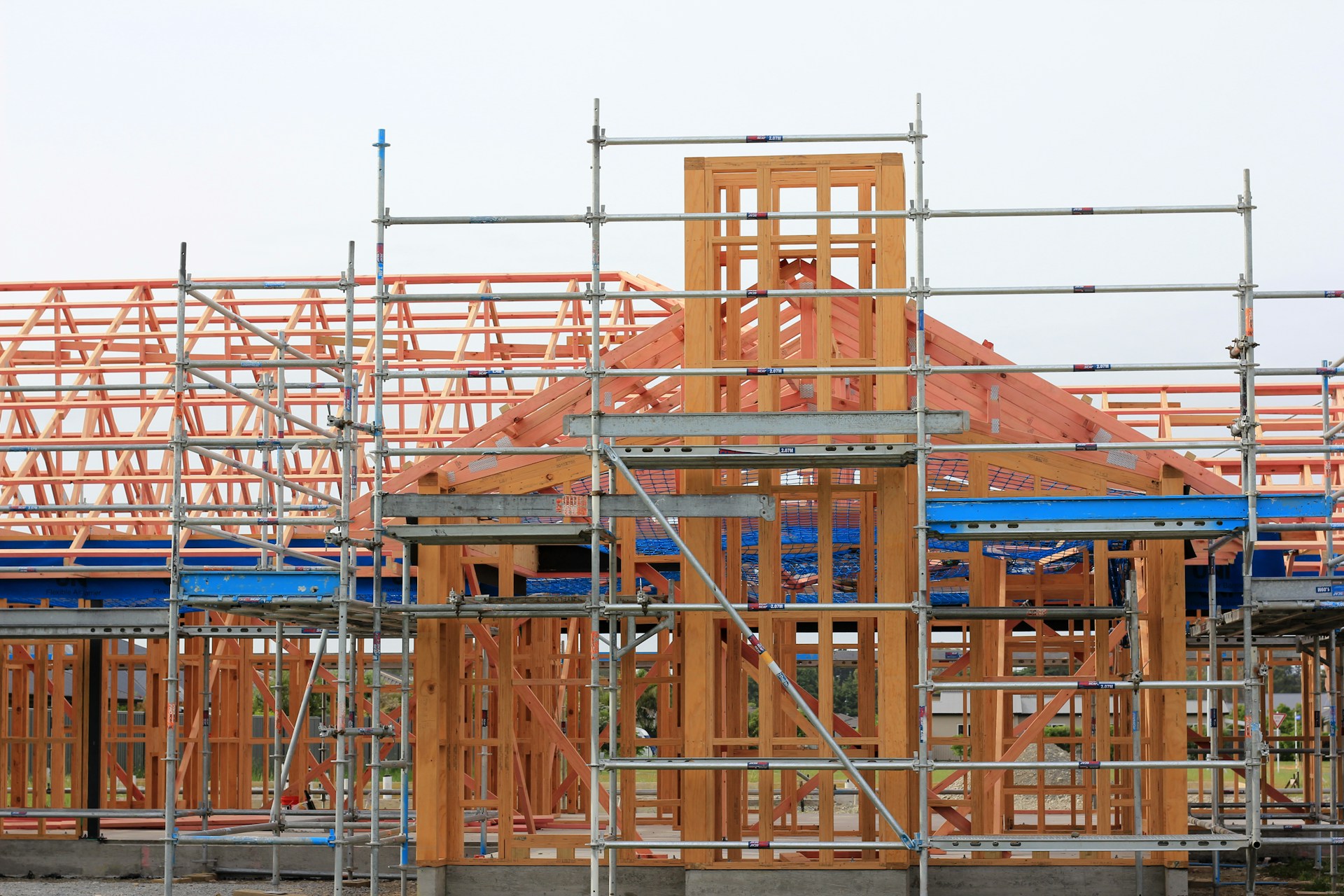Cost Effective Methods in Construction Engineering:
The economic impact of construction cost overrun is a possible loss of the economic justification for the project, therefore the cost effective methods in construction engineering are of the most importance.
The financial impact of a cost overrun results in demand for construction investment credits.
Therefore reliable estimates of construction costs are an important aspect in cost effective methods in construction engineering, especially during the conceptual phase of lifecycle management.
In this paper, a cost-effective analysis is done using one of the cost-effective construction techniques called Rat Trap Bond versus Flemish bond and when estimated with the CPWD 2012 schedule of rates it is proved that Low-cost techniques such as rat trap bond provide better cost-effectiveness as compared to conventional Flemish bond construction method.
In the construction projects, cost and time are the main aspects to be considered in the project management.
It is a challenging task for the Project managers to evaluate the plan, take corrective actions, and constantly measuring progress (Rajguru and Mahatme, 2016).
Overcoming the delay of construction, and reducing the time and cost will help obtain the cost-effectiveness (Subramani, Lishitha, and Kavitha, 2014).
The economic impact of a construction cost overrun is the possible loss of the economic justification for the project.
The financial impact of a cost overrun results in demand for construction investment credits.
Therefore reliable estimates of construction costs and schedules are important aspects of contemporary construction companies (Stasiak-Betlejewska and Potkany, 2015).
Effective cost and time management play an important role in achieving project success in the construction industry.
Various cost and time management techniques help to control cost and time overrun in the construction industry (Shanmuganathan and Baskar, 2016).
Cost-effectiveness studies and research encompass methods that determine the cost of construction, which could consider the involvement of more competing technologies and interventions too (Young, Kelly, and Holloway, 2013).
Cost-effectiveness analysis is a technique to compare strategies intended to produce the same effect. In its most common form, a new strategy is compared with current practice and is given the equation form as follows (Azimi and Welch, 1998):
Cost-Effectiveness ratio = (Cost of New strategy – Cost of current practice) / (Effect of new strategy – Effect of current practice)

The purpose of estimating is to determine the forecasting costs required to complete a project according to the contract plan and specifications.
The estimator can Conceptual estimate as the name suggests is generally made during the initial stages of a project. It helps reveal whether a project is economically feasible.
Once the decision has been made then the estimates may be refined into a detailed design phase.
It produces and estimates with reasonable accuracy providing total costs for a given project (Deshpande, 1999).
The conceptual phase is of strategic importance in the project environment (Abdul-Kadir and Price, 1995).
The lifecycle of a construction project includes the conceptual phase, planning and design procurement, construction, operation, and maintenance (Ozorhon, Abbott, and Aouad, 2016).
In the conceptual phase, a cost estimate with reasonable accuracy is required within a limited period.
Various estimation methods for the conceptual phase have been proposed earlier such as simple square foot method, regression analysis, probabilistic estimating, new network, case-based reasoning, and fuzzy models, etc.
In this conceptual phase, cost estimators commonly use analogy-based estimating methods, i.e. an estimator selects a similar one from past projects and adjusts it based on similarities and differences perceived by the estimator, which also depends on the individual experience or perception.
A simple square foot or assembly costs method is also preferred by many cost estimators in the conceptual phase.
However, when historical data is not available it could lead to estimator bias which would estimate under budget or over budget.
Therefore estimators usually desire to have their estimates compared with the actual costs of past similar projects.
Then they prepare a list of quantities and costs in the form of a cost breakdown structure.
For example, a building is decomposed into work elements whereas the unit cost of each element can be assessed and the total cost is the sum of the products of the quantities multiplied by their corresponding unit costs (Kim and Seo, 2011).
Also read: Improvement on Low Cost Housing Through Non-Conventional Construction Systems

